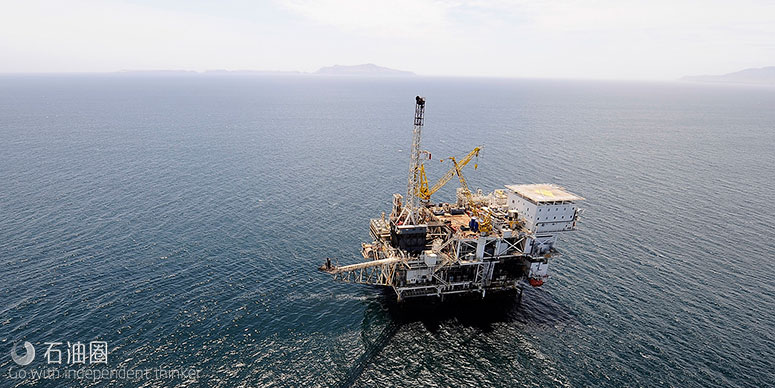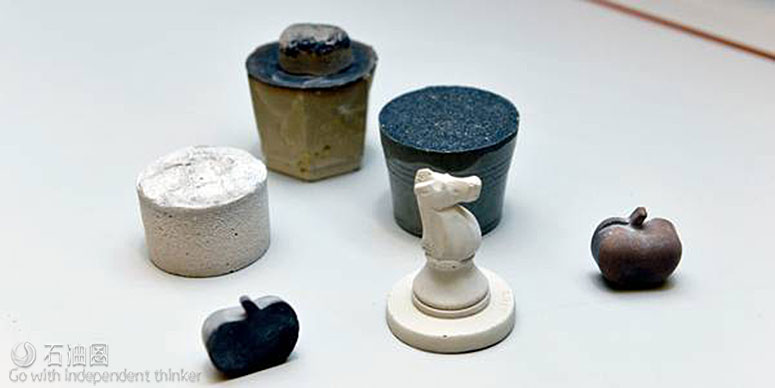Five years ago, Mahmoud Khalifeh was given a task — develop a material for well plugging and abandonment that would outperform cement while retaining some of that material’s important characteristics.
It was a challenge well-suited to Khalifeh, a University of Stavanger PhD candidate at the time, who had a particular interest in plugging and abandonment technologies.
“We made a list and we started to review our options,” he says of the researchers assigned to the project.
The team, with funding from Norway’s DrillWell Centre, had a checklist of requirements for the new material. It had to be compatible with existing cementing units, and when set, must form a good bond with casing and rock. The material should minimise shrinkage and be as impermeable as cap rock.
“We came to the conclusion that we should look at cementitious materials — specifically, geopolymers, chemical compounds that have a polymeric structure and contain a fully inorganic raw material,” Khalifeh says.
After years of research and much trial and error, Khalifeh has developed a prototype of an artificial rock that could have a significant impact on plugging and abandonment operations.
The geopolymer, dubbed SafeRock, fulfils the requirements set out at the beginning of the project. It is pumpable in its liquid state and shrinks 0.5%, compared to cement’s shrinkage rate of 3% to 4%. It is up to 1000 times as impermeable as portland cement, Khalifeh says.
For the inorganic ingredient, the research team initially looked at fly ash, a material produced during coal combustion that is used to strengthen concrete. But with no coal- burning power plants, Norway has no ready supply of fly ash. It does, however, produce huge quantities of norite, a waste product of titanium mining.
In lab experiments, norite supplied by a major titanium mine was ground and mixed with sodium hydroxide and potassium hydroxide to produce a binder.
“With SafeRock, the reaction is geopolymerisation, which means that the binder attacks the mechanically activated norite and makes it more reactive. These activated species make covalent bonding and develop strength,” he says.
“In other words, norite is ground, which makes it more reactive, and the binder phase comes and finishes the reaction.”
Environmental benefits
Reducing the carbon emissions related to cement production was an important aspect of the programme, Khalifeh says.
“Our goal was to minimise the processing and related energy use,” he says, noting that
some 600 to 650 kilogrammes of carbon dioxide are produced for every 1000 kilogrammes of cement manufactured.
Producing the norite-based artificial rock generates about 70% less CO2 than cement, he says.
“This is an environmentally friendly material which is safe to use with the same cementing units that are on board (existing rigs and vessels). The only processing is grinding. We don’t have the calcination process for our rock, because it’s just grinding. And the liquid phase is an alkali-silicate solution.”
SafeRock
A similar material using a different source rock has been us ed in Australian construction projects, including a bridge and a library, he notes.
The team used actual well data provided by oil and gas companies to test the material’s compositional strength, rheological properties and performance under varying temperatures and pressures.
Researchers evaluated SafeRock’s long-term durability in a year-long test programme at SINTEF, one of the research and development partners in DrillWell, which was established in 2010 to develop safer and more ecologically sound methods of oil and gas production. The other research partners are IRIS, the University of Stavanger, the Norwegian University of Science & Technology (NTNU) and the Research Council of Norway. DrillWell’s industrial partners are AkerBP, ConocoPhillips, Statoil and Wintershall.
Rock solid
Other tests demonstrated the norite-based rock’s ability to withstand extreme variations in temperature. Khalifeh has posted a video online in which he uses a torch to heat a piece of the rock for three full minutes, then immerses it in cold running water.
“There were no cracks, nothing,” he says.
“So, this material can be used for steam injection wells and for geothermal wells. But we will need to optimise the mix design.
“The rock could also be useful in carbon capture and storage (CCS) applications, he says.”
“Cement is mainly calcium, and in CO2 sequestration, CO2 will at tack calcium,” he explains.
The reverse reaction creates instability.
SafeRock contains around 10% calcium, significantly reducing the risk of damage from CO2 or hydrogen sulphide (H2S), he says, adding that the artificial rock could be designed to omit calcium altogether.
Khalifeh, now a postdoctoral fellow and assistant professor at the University of Stavanger, is working to further develop the safe rock. He is eager to see it qualified for use subsea use, as well as in structures above ground.
With a patent in hand, he is seeking industry partners to help facilitate a planned three-well field test in 2018.
“We do not have enough ground material to test it in a wellbore right now,” he says.
“We asked a company to mill around 100 tonnes of it for us, to the right particle size, and we are going to test it, most likely, in the US, because it’s safer to run the job onshore.
“Industry regulations require no leakage from permanently plugged and abandoned wells.
“However, the properties of cement, available technologies and human factors may suggest that zero leakage requirement may not be fulfilled,” Khalifeh says, a condition that he’d like the new material to address.
A permanently abandoned well should remain plugged, he says.
“We have to find the right technologies to prevent leakages.”

 石油圈
石油圈

